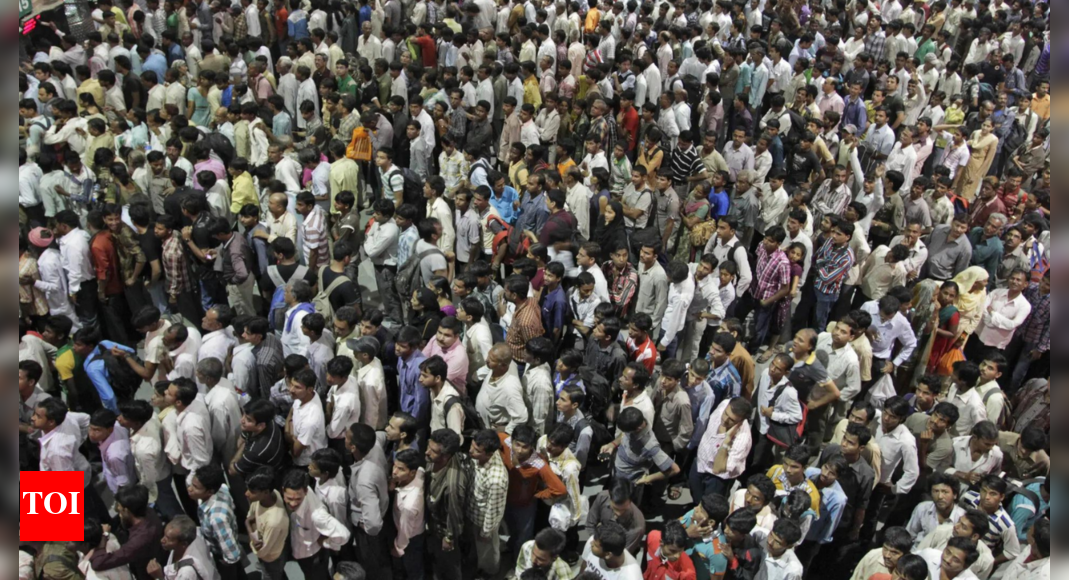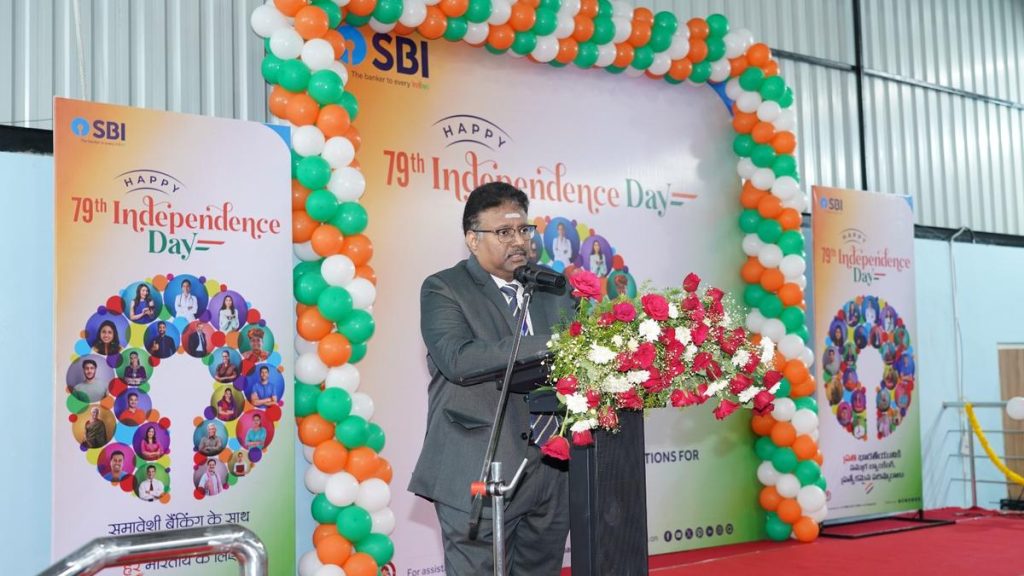Now Reading: Tech-Driven Census: Mobile Apps to Streamline Data Processing in 9 Months
-
01
Tech-Driven Census: Mobile Apps to Streamline Data Processing in 9 Months
Tech-Driven Census: Mobile Apps to Streamline Data Processing in 9 Months

Swift Summary
- Digital Census launch: The upcoming Census 2027 will leverage mobile apps and digital technology for data collection and processing, aiming for faster results.
- Schedule & Phases: The reference date is set to March 1, 2027. It will be executed in two phases: house-listing in 2026 and population enumeration in February 2027.
- Processing Time Reduction: Final population data might potentially be available by the end of 2027 – significantly faster than previous years where results took nearly two years to compile.
- Technology Integration: Mobile apps, supporting self-enumeration and pre-coded responses, will increase efficiency. Apps are multilingual (16 languages) to ensure accessibility across India.
- Innovative Tools & Systems: Intelligent character recognition (ICR) tools and a newly developed Census Management & Monitoring System (CMMS) portal will streamline operations. A separate code directory has been prepared for descriptive questions.
Indian Opinion Analysis
the incorporation of digital tools into the Census process marks a leap forward for demographic reporting in India. by reducing logistical challenges with technology such as mobile applications equipped with dropdown menus, pre-coded responses, and intelligent character recognition systems, the government aims not only to expedite data processing but also improve accuracy.
This approach could modernize a traditionally cumbersome exercise that impacts policymaking at multiple levels – national, state, district – by delivering timely insights into vital statistics like gender ratios or housing gaps. The multilingual support reflects India’s diverse linguistic landscape while making participation inclusive through self-enumeration options.
However, the success of such innovations hinges on robust technical infrastructure amidst challenges like connectivity issues in rural areas or training enumerators properly on app usage. If executed efficiently within this timeline without errors due to unforeseen issues like technological failures or uneven adoption rates among citizens/enumerators alike-this model might set global benchmarks for census-taking practices rooted in digital change.


























